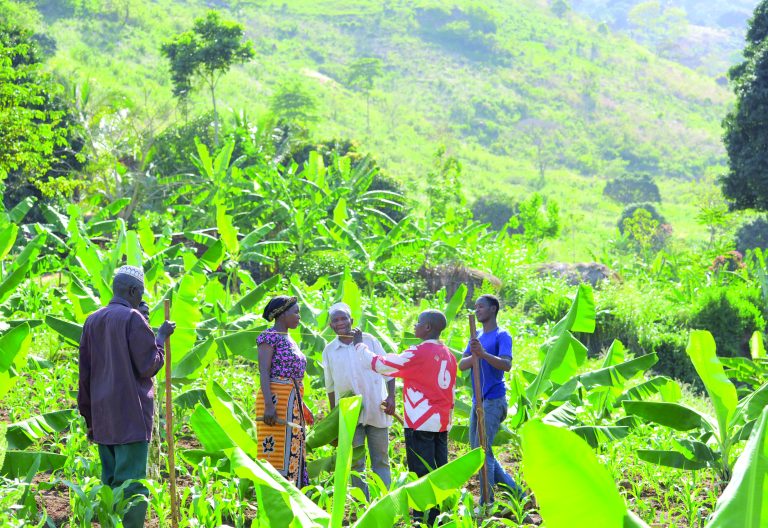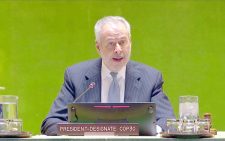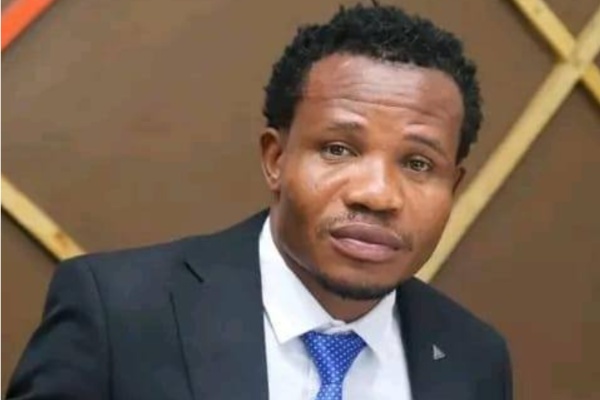Debt management crucial for climate-related needs

More than 20 African countries are in or at risk of, debt distress. The African Development Bank estimates that Africa’s total external debt, which stood at $1.12 trillion in 2022, had risen to $1.52 trillion by the end of 2023.
The UN Conference on Trade and Development (UNCTAD) says Africa’s public debt reached $1.8 trillion in 2022. While this is a fraction of the overall outstanding debt of developing countries, Africa’s debt has increased by 183 per cent since 2010, a rate roughly four times higher than its GDP growth rate in dollar terms. African external debt as a share of GDP is rising, at 24.5 per cent of countries’ GDP (as of 2024 for countries with available data).
Yet many individual countries have rates far higher, struggling to repay their debts and therefore becoming unable to secure new loans. The continent’s debt service cost is expected to rise in 2025.
In 2023, African countries owed $685.5 billion to external creditors. In 2023, Africa’s debt ratio was 68.6 per cent.
The debt situation has escalated to a critical level across the continent amid other global crises such as the impacts of climate change. With trillions needed for climate action and the Sustainable Development Goals (SDGs), effective debt management is crucial.
According to distinguished African development economist, Prof Carlos Lopes, three critical elements significantly contribute to Africa’s debt distress situation. Lopes is the chair of the African Climate Foundation Advisory Council and Board. He is also a board member of the World Resources Institute (WRI) and Climate Works Foundation.
He notes that African countries can’t resolve their debt crisis under a system rigged against them.
“Firstly, the rules governing the international banking system favour developed countries and work against the interests of African countries,” wrote Lopes in The Conversation.
Secondly, he argues, multilateral financial institutions such as the International Monetary Fund (IMF) and the World Bank to focus on poverty alleviation and more recently on climate finance, often overlooking the urgent spending needs. While this is commendable, he adds, it doesn’t address the liquidity crisis countries face.
Unfair penalisation
“Many countries don’t have the necessary readily-available funds in their coffers to cover urgent development priorities due to their dependency on volatile commodity exports. As a result, governments turn to raising sovereign debt under conditions that are among the most unfavourable on the planet,” the scholar says.
Lopes explains that this perpetuates a debt dependency cycle rather than fostering sustainable growth. Thirdly, he says, there’s the significant influence of biased credit rating agencies unfairly penalising African countries, further impeding their ability to attract investment on favourable terms.
At the recent UN Climate Change Conference in Baku, Azerbaijan, developed nations agreed to increase financial support for developing countries by committing to mobilise $300 billion annually by 2035 to support climate action in the Global South.
The total financing needs of Emerging Markets and Developing Economies (EMDE) go beyond this goal: $700 billion per year until 2030 to preserve global biodiversity, and an extra $3.9 to $4.3 trillion per year needed to meet the SDGs, says Wiedenbrüg.
Anahí Wiedenbrüg is the International Institute for Sustainable Development (IISD) Debt Lead. She has analysed the challenges and opportunities for developing countries to leverage debt in response to their development and climate-related investment needs.
According to her, these estimates highlight the urgent need for sustainable financing to address the pressing challenges of climate change and development. She argues that the sums needed are far higher for those countries to fund a green-inclusive economic transformation and move up the value chain.
“Given the scale of these investment needs, access to credit is vital. Without debt, governments’ ability to invest would be limited by their current fiscal space – the revenue generated through taxes, among other sources,” notes Wiedenbrüg, adding that debt can initiate a virtuous cycle when managed effectively, increasing a country’s investment capacity and fostering growth.
“The flip side is that debt carries risks.”
A country’s ability to service its debts depends on future conditions, which are often difficult to predict. Its success lies in its capacity to raise taxes and respond to factors beyond its control, such as external shocks.
So, why is debt relevant today? While debt is a relevant tool for development, too much of the wrong sort of debt, can result in debt sustainability problems and undermine economic growth.
There was an acceleration of debt accumulation in EMDEs during the fourth wave of debt, a sustained surge in global sovereign debt levels that started after the 2008 financial crisis.
“The Covid-19 pandemic’s economic impact, coupled with ongoing geo-economic instability has left EMDEs increasingly vulnerable. In the past, many EMDEs relied on concessional loans from bilateral lenders, or multilateral development banks, says Wiedenbrüg.
“Today they face high debt servicing costs and higher interest rates, due to borrowing from international financial markets and interest hikes from central banks,” she adds.
Capital outflows are often higher than inflows, creating balance-of-payments problems, fiscal squeeze and scarce resources for crucial investments.
UNCTAD says developing countries spend more on servicing debt than on public essentials in areas like health and education. Altogether, approximately 3.3 billion people reside in countries where spending on interest payments for loans surpasses that on either health or education.
In 2023, net payments on public debt for developing countries reached $847 billion, and 54 developing countries allocated 10 per cent or more of their government revenues to make interest payments.
State capacity
In addition, climate hazards place a heavy burden on poorer countries, where large sums required for climate adaptation are often either costly or inaccessible. Climate risks are driving up premiums on non-concessional debt as investors demand higher compensation for rising environmental risks.
Tax revenues alone are insufficient to cover these costs, and allocating a large portion of government revenues to debt servicing can have detrimental effects.
Developing economies must strengthen institutional capacities to manage debt effectively, ensuring that it becomes a tool for development rather than a source of vulnerability.
Wiedenbrüg says many countries aim to enhance their understanding of the complex risks, costs and political-economic factors involved in choosing debt instruments to support their green and inclusive economic transitions.
Climate-focused initiatives like Just Transition Energy Plans provide key insights into the investment requirements for sustainable energy transitions.
For developing countries, the challenges of meeting the SDGs, addressing climate change and investing in a green and inclusive transformation are compounded by the difficulties of managing sovereign debt.
Strengthening state capacity is essential for aligning debt management with development and climate goals while avoiding overexposure to financial risks. Strengthening existing networks, fostering knowledge exchange, and amplifying the voices of developing countries in international policy-setting processes can drive the shift toward a more equitable and effective global financial system.
In Wiedenbrüg view, such efforts are crucial in reducing power imbalances and ensuring that financial structures better support developing countries in achieving their climate, biodiversity and development goals.















